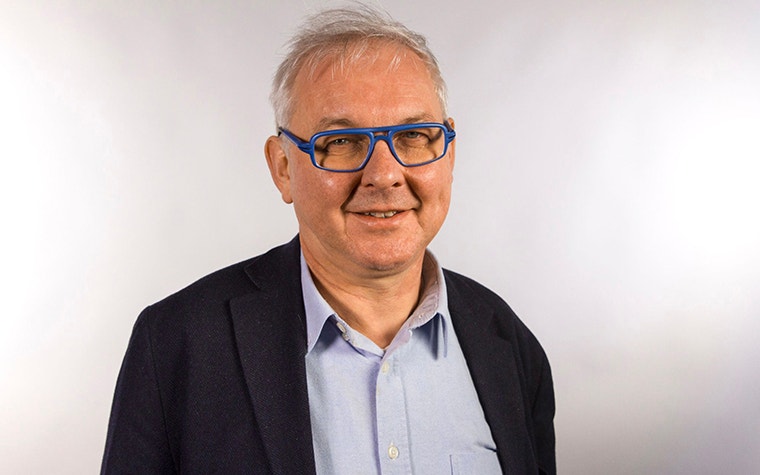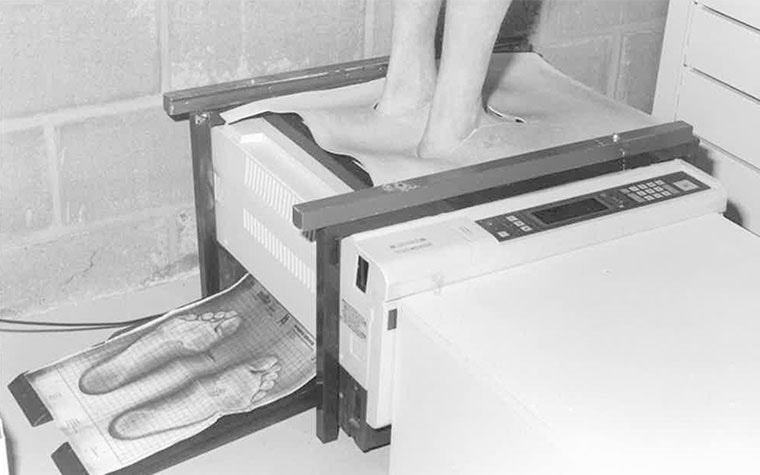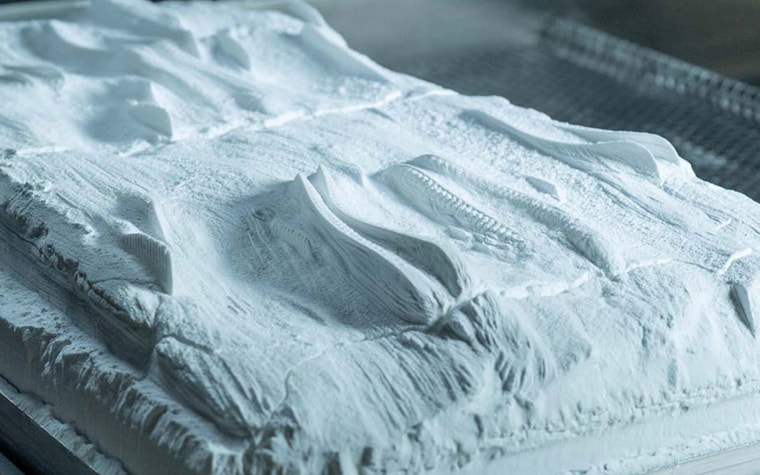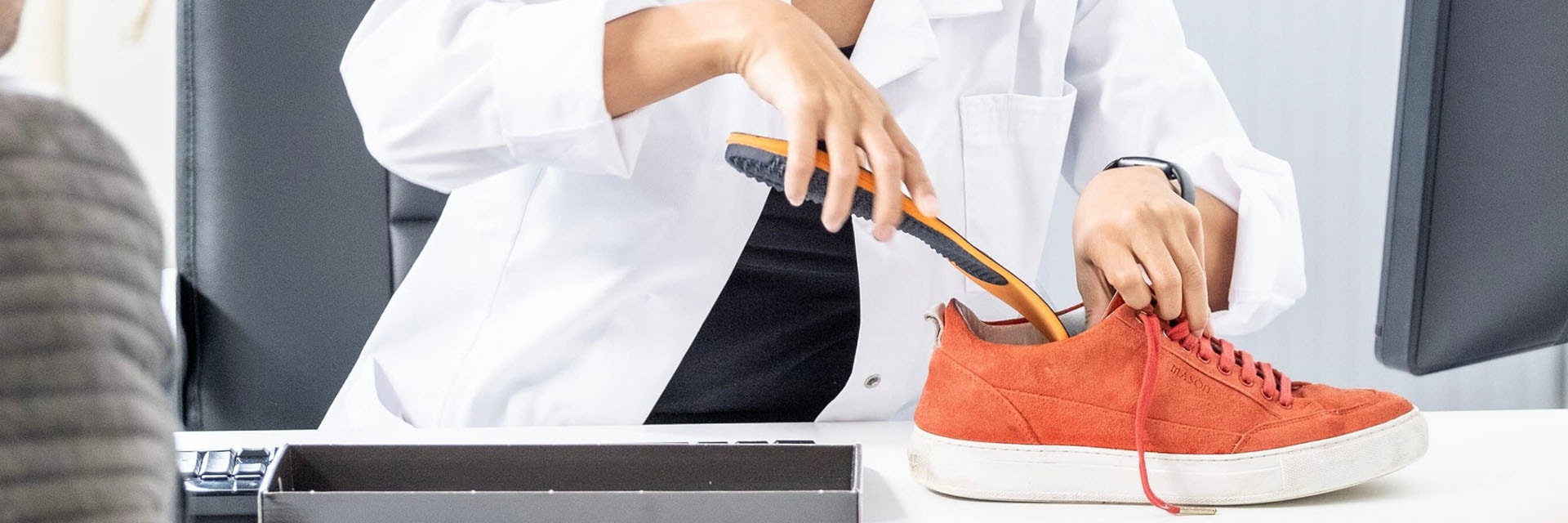EXPERT INSIGHT
What Inspired Materialise’s phits™ Orthotics?

You’ve heard of phits orthotics and the benefits of Materialise Phits Suite. But what sparked the big idea? Read on to find out what inspired this exciting new venture.
We often romanticize the big ideas. We speak of muses, or a sudden flash of inspiration, or a eureka! moment. But they don’t all start that way. Others are more of a slow boil, bubbling beneath the surface until they’re worked into something actionable — solutions born from personal experience and the will to do something better than before.
When Materialise branched into the world of 3D-printed orthotics, it was one of the latter, though as far as Fried Vancraen, founder and CEO of Materialise, is concerned, that doesn’t mean it isn’t one of his better ideas. After all, it centered around something that matters more than anything.
Family.


The right inspiration
Many years ago, when Fried was hunting for the perfect orthotics for his children, he realized that none of the solutions they received from the foot experts seemed to work as well as he hoped. Some were too large, others too small, but there was no Goldilocks moment. No ‘just right.’ This issue would also limit their choice in shoes, particularly for his daughter, as the insoles were often too wide for narrower, more stylish options. To make matters worse, Fried and his family would have to endure the time-consuming process year after year. All he really wanted was a durable set of orthotics made just for them, designed to fit their feet and meet their unique needs. The only question was how to find them.
And that’s when it struck him: Why not turn to 3D printing?
He began experimenting with an alternative to the traditional foam box — a flexible mold that would take the shape of the ideal insole. It didn’t work, but Fried wasn’t put off for long. Instead, he turned to others for help, collaborating with colleagues and knowledgeable partners to move the idea forward. When Fried met Jempi Wilssens, founder of RSscan and all-around foot wizard, everything started to change.
Birds of a feather
When they first met, Jempi was already a pioneer in the orthotics field. Since the 1980s, he had developed pressure plates that provided an image of the foot in motion when somebody walked or ran over them or pressure points when they stood still. This allowed him to measure not only static information, like that provided by a foam box, but also the load-bearing and dynamic behavior of a foot. These measurements were and still are something new to the field.
His motivation was to provide runners with the perfect running shoe. As time went on, his system and his ability to interpret his findings became better and better. Before long, he had commercialized his pressure plates and begun to make custom insoles by hand based on the individual data he received. RSscan was born.
But just like in the case of Fried’s experiments, something was missing. Jempi realized that neither the input he received — the data — nor the output — the custom orthotics — were as good as they could be. Collaborating with the right people could take RSscan to the next level.


The dawn of RS Print
Combining the expertise of Materialise and RSscan was a natural solution. Researchers from both sides worked together to improve their understanding of the pressure plate images by linking them to virtual, dynamic, and finite element models. Thanks to Mimics Innovation Suite, the models could even be personalized with each individual patient’s imaging data before the teams took the entire process one step further by working out how to manufacture each custom orthotic through 3D printing.


These 3D-printed orthotics finally gave Fried and his family what they had been looking for. A customized, comfortable insole for all occasions that was designed specifically for the wearer. Recognizing the added value that their combined efforts could provide, he and Jempi decided to unite Materialise and RSscan in the form of a new entity, RS Print — soon to be known instead as Materialise Motion.
From idea to innovation
Materialise Phits Suite and Materialise Footscan Suite are proof that the execution of an idea is just as important as the inspiration behind it. By seeking help from the right sources, what started as a ‘what if?’ moment has become a meaningful application that benefits foot experts and their patients around the world.
Just like Fried’s children, they now have access to orthotics that fit them perfectly — making every step feel ‘just right.’ Today, many years after inspiration first struck, this innovation helps them, and thousands like them, walk, run, cycle, and ski comfortably.
Share on:
You might also like
Never miss a story like this. Get curated content delivered straight to your inbox.
